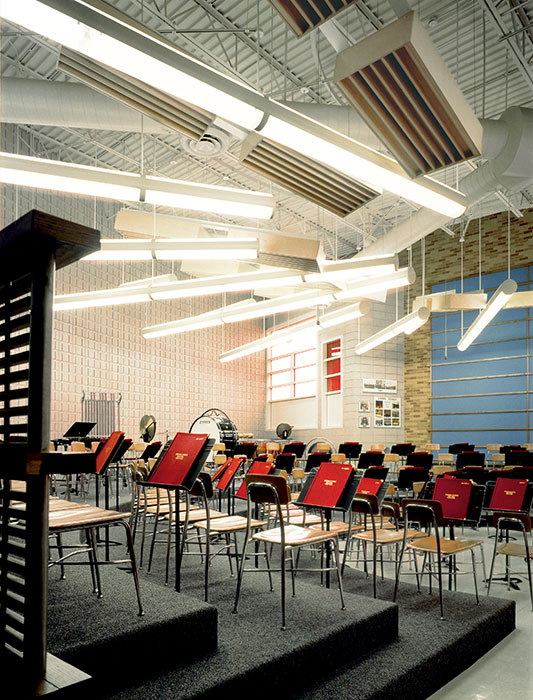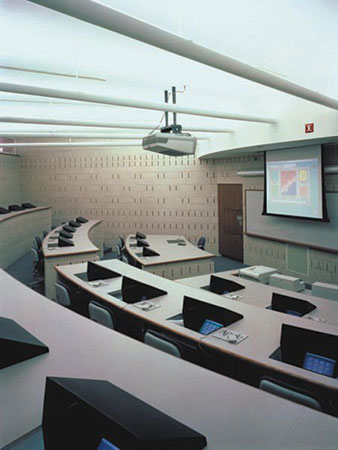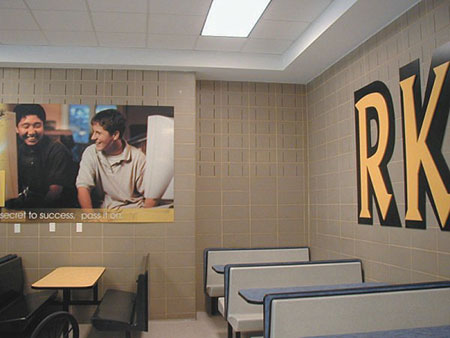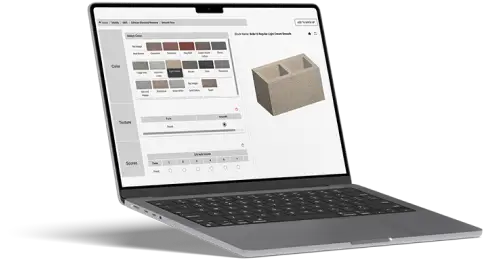


Color Options
Show only colors available in your Project Location
Please Enter the ZIP of Your Project Location Below
About Acousta-Wal
Acousta-Wal sound-absorbing concrete masonry units achieve aesthetics and performance in a single product. With a noise reduction coefficient (NRC) of up to .85, the unique design of Acousta-Wal absorbs sound waves of all frequency, even the difficult-to-control low frequencies.
Acousta-Wal serves as an easy upgrade option from Echelon standard masonry that is perfect for gyms, stadiums, lecture halls, performing arts centers and outdoor amphitheatres.
Contact us to discuss if Acousta-Wal is the right solution for your next job.
Product Details
- NRCs of us to .85
- Sound wave absorption for maximum noise reduction
- One-step installation
- Perfect for interior or exterior applications
- Easy upgrade option from Echelon standard masonry units
Continuing Education
Continue to develop your skill set and learn about the latest innovations in your field while earning CEU credits for Masonry & Architecture
Lunch and Learn
Designing with Innovative Architectural Blocks for Buildings
CEU Credits: 1 LU | HSW
Concrete masonry units offer a surprising amount of design flexibility, sustainability benefits and performance characteristics. Join us for a look at some of the lesser known innovations happening in the world of architectural block.
Lunch and Learn
Introduction To Rainscreen Ventilated Facades
CEU Credits: 1 LU | HSW
A rainscreen cladding is one of the most efficient systems for construction envelope purposes in today’s commercial building environment. This presentation will discuss how rainscreen cladding provides a building solution that aligns with current sustainable architecture trends and is surprisingly easy to install.
Lunch and Learn
Modern Masonry Using Pre-Blended Mortar
CEU Credits: 1 LU | HSW
Pre-blended mortar eliminates many of the variables and uncertainties of site-mixed mortar, thus reducing the potential for problems and liability with the finished masonry construction. In this course, we will look at the types of mortar available, the process and pitfalls of field mixing versus pre-blended mortar, and the significance of mortar in masonry assemblies.
Lunch and Learn
Designing with Masonry for a Healthier, Safer Building Environment
CEU Credits: 1 LU | HSW
Masonry delivers a variety of benefits to occupants and designers alike including being highly environmentally-friendly due to its durability and reduced embodied energy.
Lunch and Learn
An Overview of the Role of Masonry in Sustainable Design and LEED V4
CEU Credits: 1 LU | HSW
Manufactured stone veneers have come a long way since their introduction, with modern versions delivering the high performance and timeless aesthetics of natural stone at a fraction of the cost.
This presentation reviews the rising trend and use of manufactured stone veneers (MSV) and advancements in the manufacturing process which make new veneers more durable, easier to install and more aesthetically pleasing and delivers the natural aesthetic of real stone.
